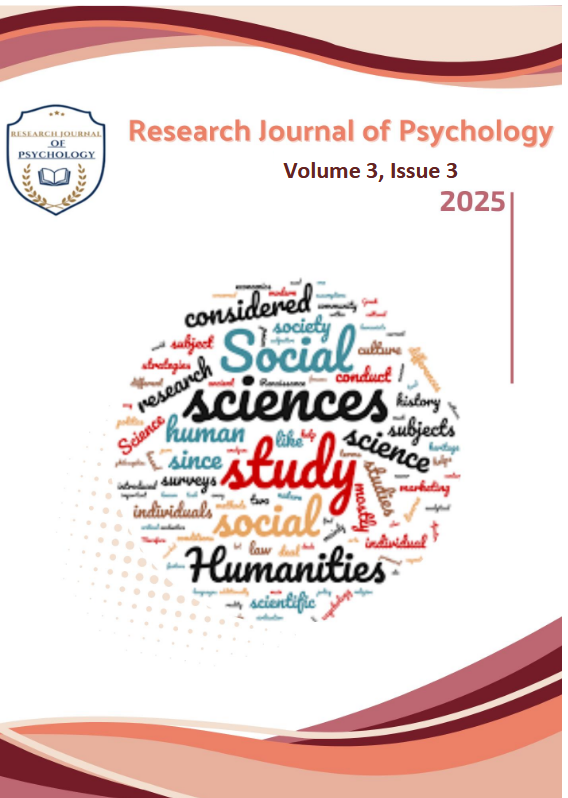HUMANS ARE ANIMALS: A Comparative Analysis of English and Punjabi Metaphors
DOI:
https://doi.org/10.59075/rjs.v3i3.199Keywords:
Metaphor, Animal metaphors,Abstract
Animal metaphors are shaped by cultural history, and although different cultures may share the same animal metaphors, their meanings can vary significantly. These metaphors function as rhetorical devices to conceptualize HUMANS AS ANIMALS. The present study explores the use of animal metaphors in both English and Punjabi, analyzing them through the lens of native speakers interpreting humans as animals. The study also intends to investigate whether there are some similarities or disparities in the use of animal metaphors in both the languages. The data is collected from Punjabi dictionary and English research articles. The theoretical framework applied is the Great Chain of Being Metaphor (Lakoff & Turner, 1989) and Conceptual Metaphor Theory (Lakoff and Johnson, 1980). The findings reveal that while both English and Punjabi utilize different animal metaphors to conceptualize humans as animals, there are both similarities and discrepancies in the conceptualization of animals as human being on the basis of cultural difference and the experiences. These differences highlight how animal metaphors can be culturally specific, resulting in varied interpretations across cultures. Such comparative research can help foreign language learners become more familiar with cultural elements, including the figurative meanings of expressions involving animals, as seen in metaphors.
Downloads
Published
How to Cite
Issue
Section
License
Copyright (c) 2025 Research Journal of Psychology

This work is licensed under a Creative Commons Attribution 4.0 International License.







